The Arizona Coyotes era has finally come to an end, at least for now. With the team playing out of a college arena and no NHL sized venue in site, the NHL pulled the plug at the end of the season. The team formerly known as the Coyotes heads to Utah for a fresh start next season.
Roster Ruminations
NHL Roster
While the Coyotes struggled mightily across a myriad of areas in recent memory, they did do a good job of building a future asset base by laundering bad contracts. It looks like years of piling up draft picks is paying off just in time for the team’s fresh start in Utah. The model projects an above average team, although it isn’t underpinned by good possession metrics. It’s a shaky foundation but, with a new owner with a new vision, it’s a great place to start considering it’s built with a very young group.
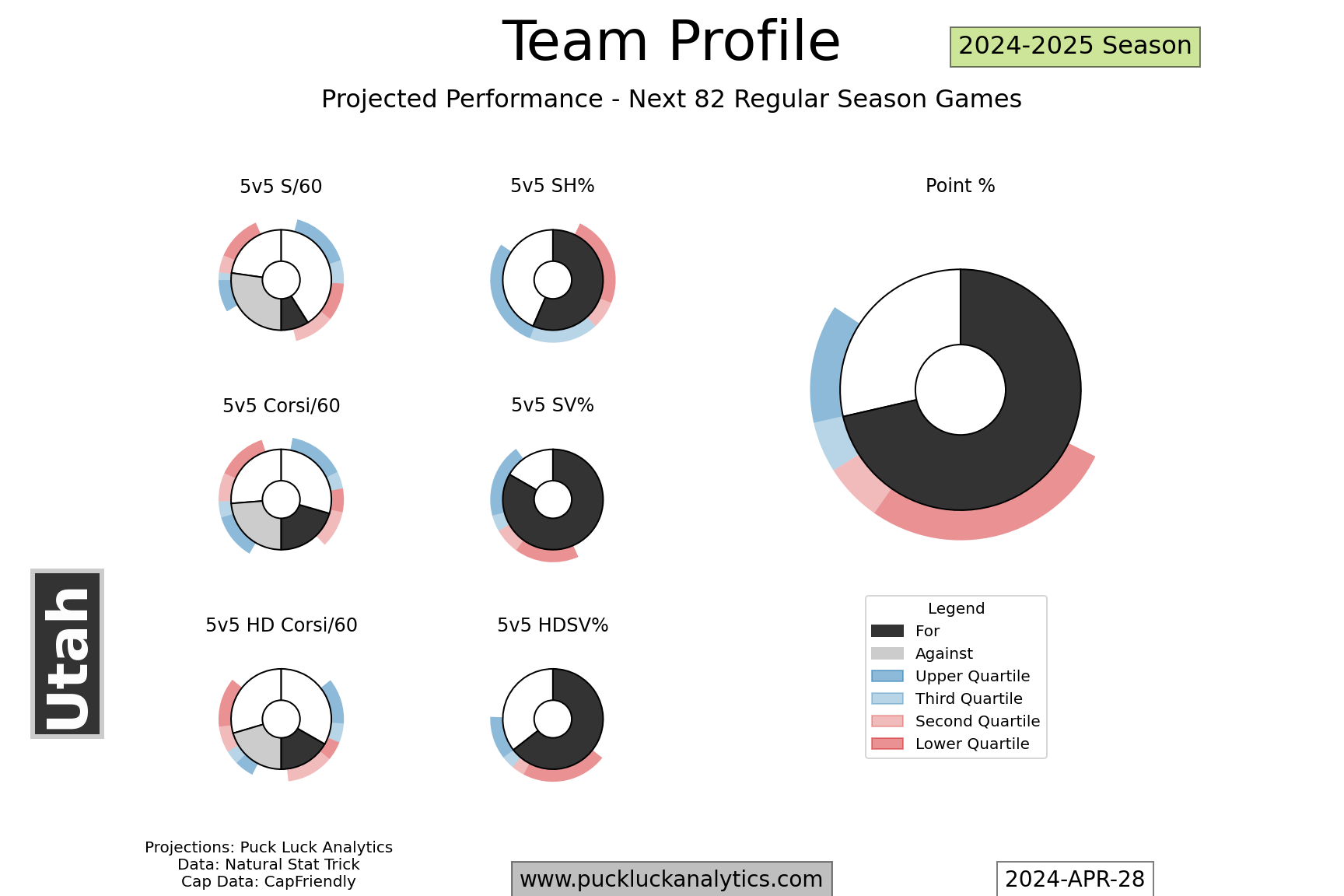
Salary Cap Management
Utah’s cap sheet is nearly a blank slate as the team plans their first offseason after relocation. Only two contracts run beyond the 2025-2026 season and they have nearly 60% of their cap space available for the upcoming 2024-2025 season. The options for team building are as broad as they come and if the new ownership wants to spend to become more competitive, they certainly have that option.
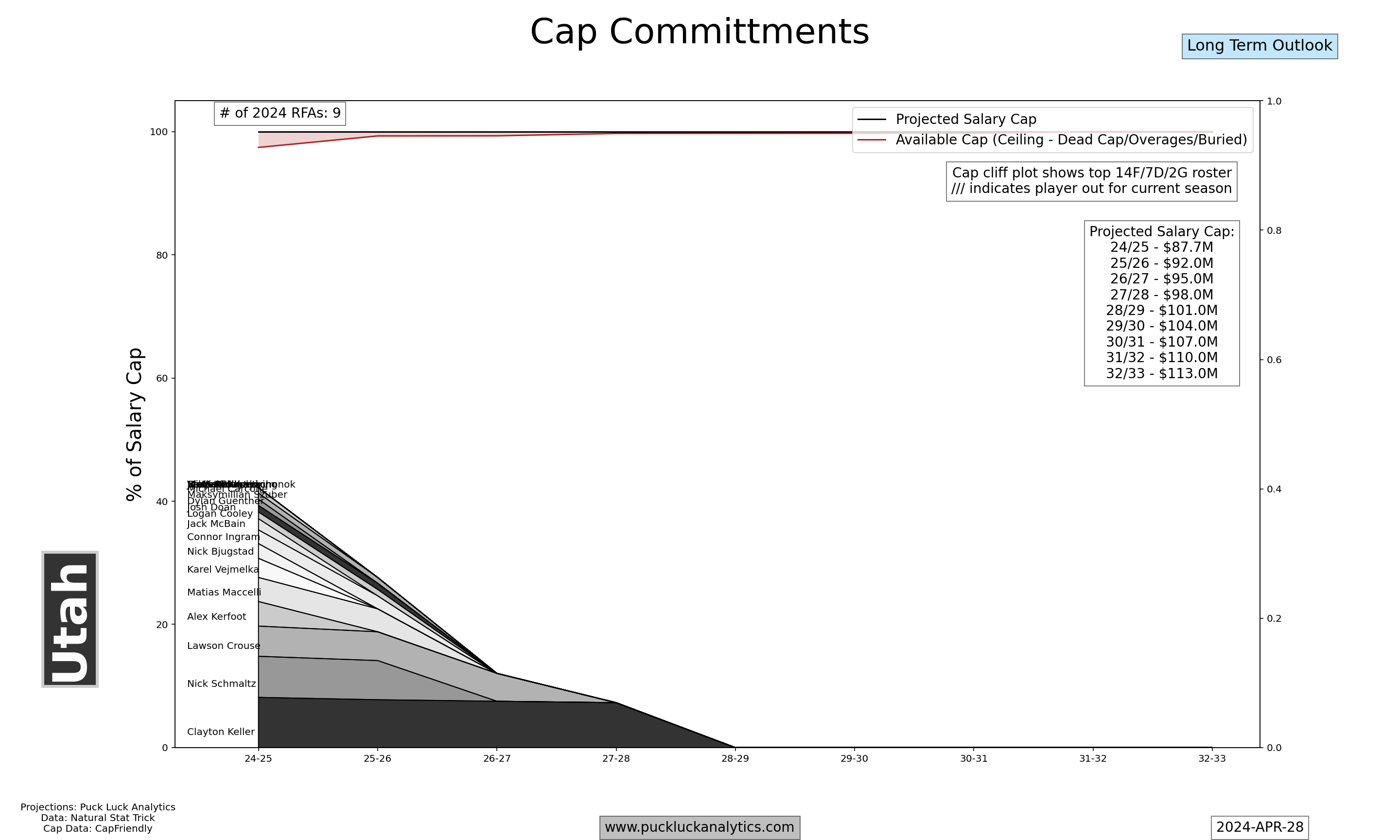
Future Assets
Along with their available cap space, Utah’s prospect pipeline is ready to spit out some cost effective options for their NHL roster. Dylan Guenther and Logan Cooley top the list and started to make their mark in the NHL this season. Hockey Prospecting ranks Utah 13th in the NHL for their prospect pool. They also have an impressive stockpile of draft picks over the next three drafts, which should build a future cohort that can be used to build long term sustainability into their roster.
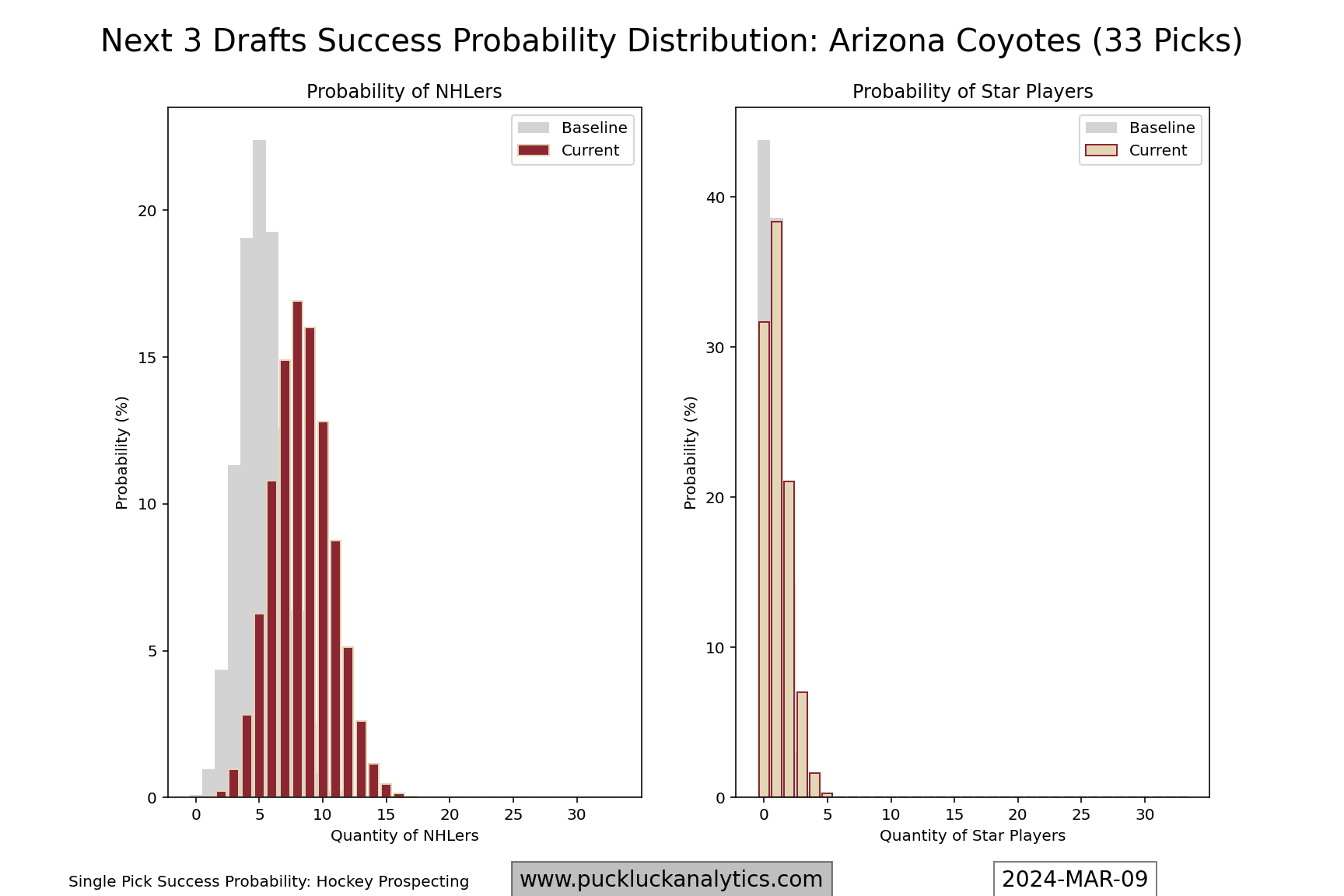
What’s Next?
Clayton Keller and Lawson Crouse are the only two players under contract for more than two seasons. At age 25 and 26 respectively, they’re early in their prime and could be part of a competitive roster if they’re surrounded with a more complete cohort. If Utah intends to use their cap space in an effort to become relevant quickly, Keller and Crouse are the obvious building blocks to start from. They’ll need to add 3-4 more forwards and a few defensemen though, so it won’t be an easy task to build a full cohort alongside Keller and Crouse.
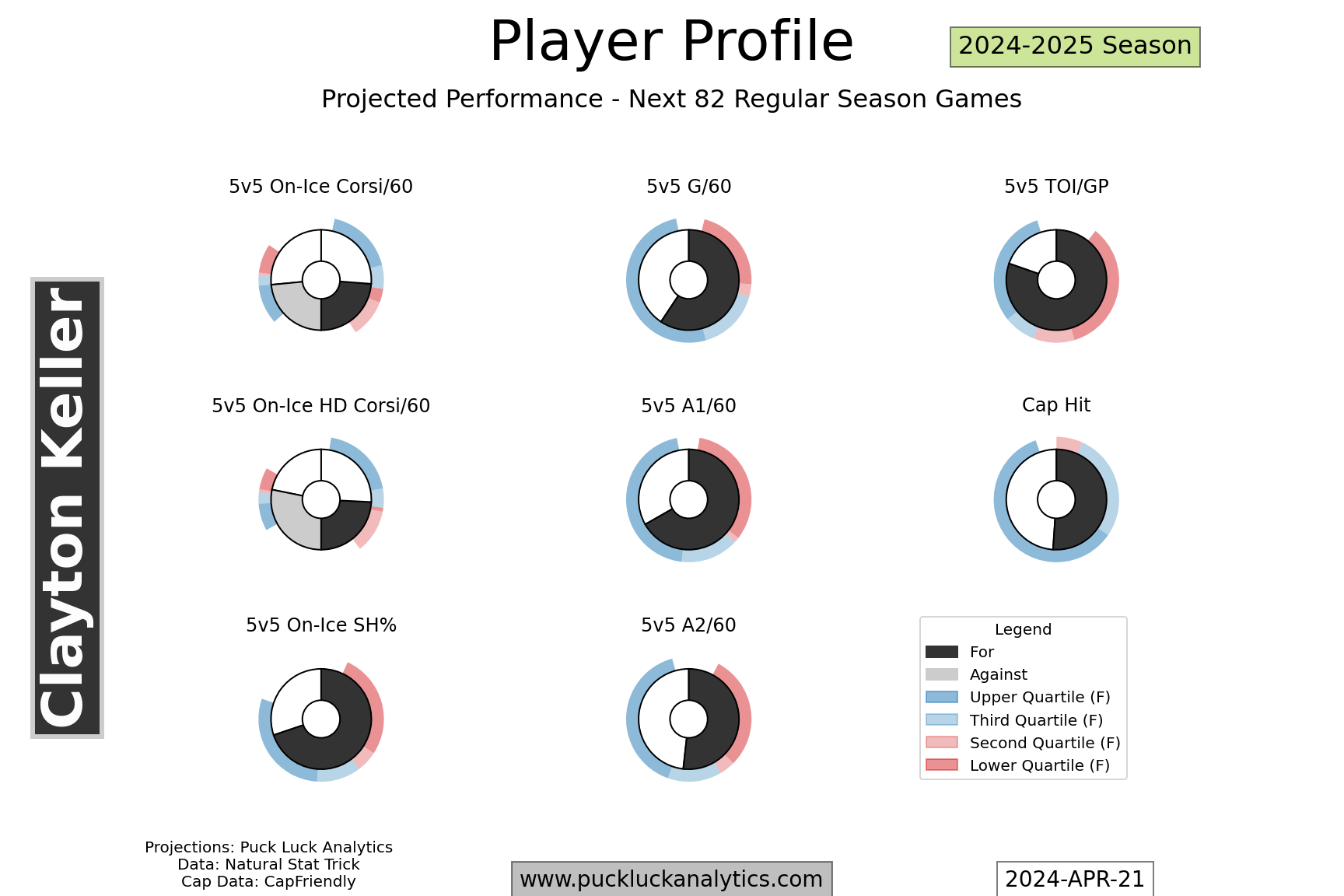

The wave of young talent pushing it’s way into the NHL may take some pressure off building the cohort above, however. Dylan Guenther and Logan Cooley were exciting additions for the Coyotes this season and their continued development could see them become highly impactful players sooner than later. If Utah can get meaningful contribution in the top half of the roster from some of their young players like Cooley and Guenther, they can scale back their effort to add to the Keller/Crouse cohort.
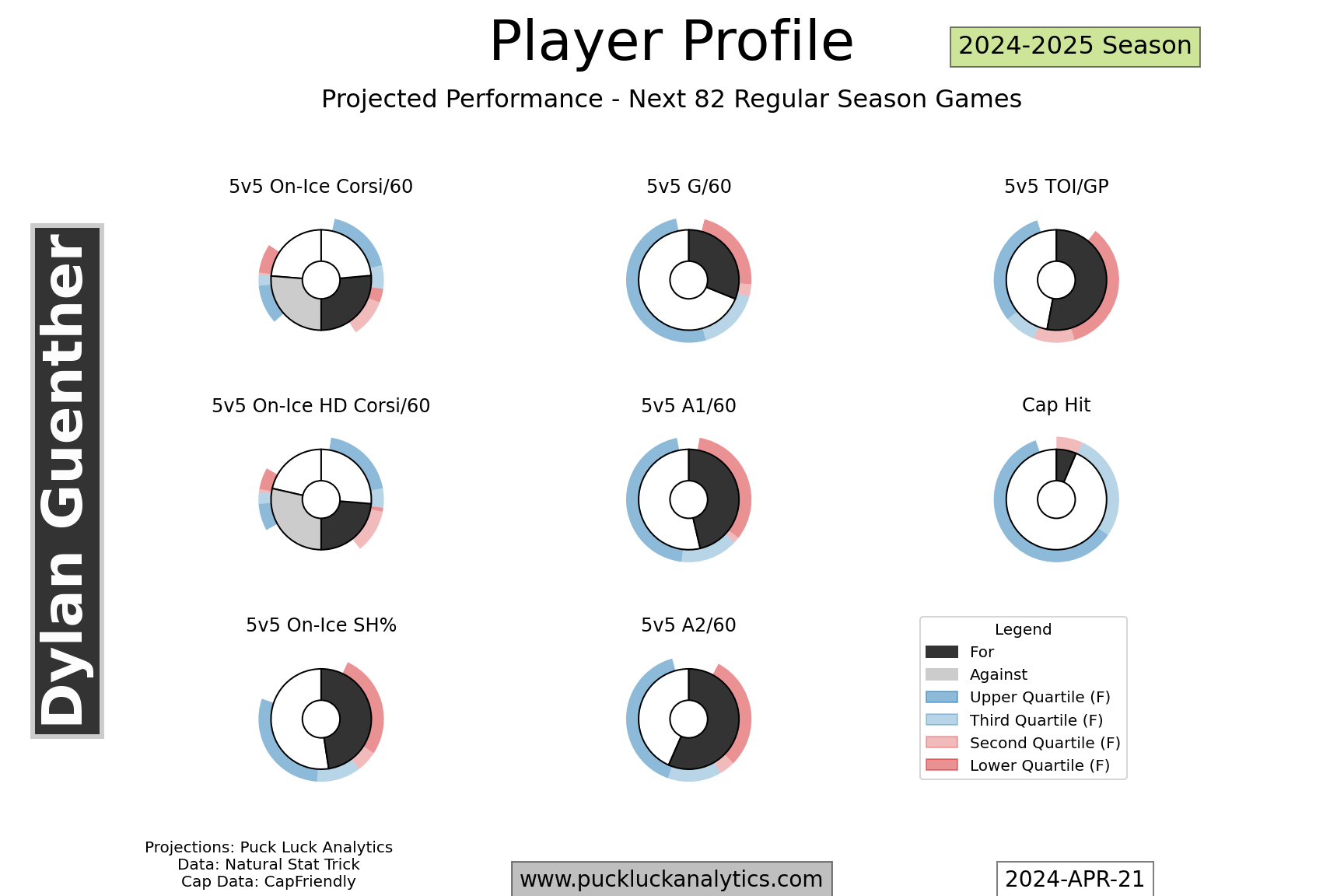
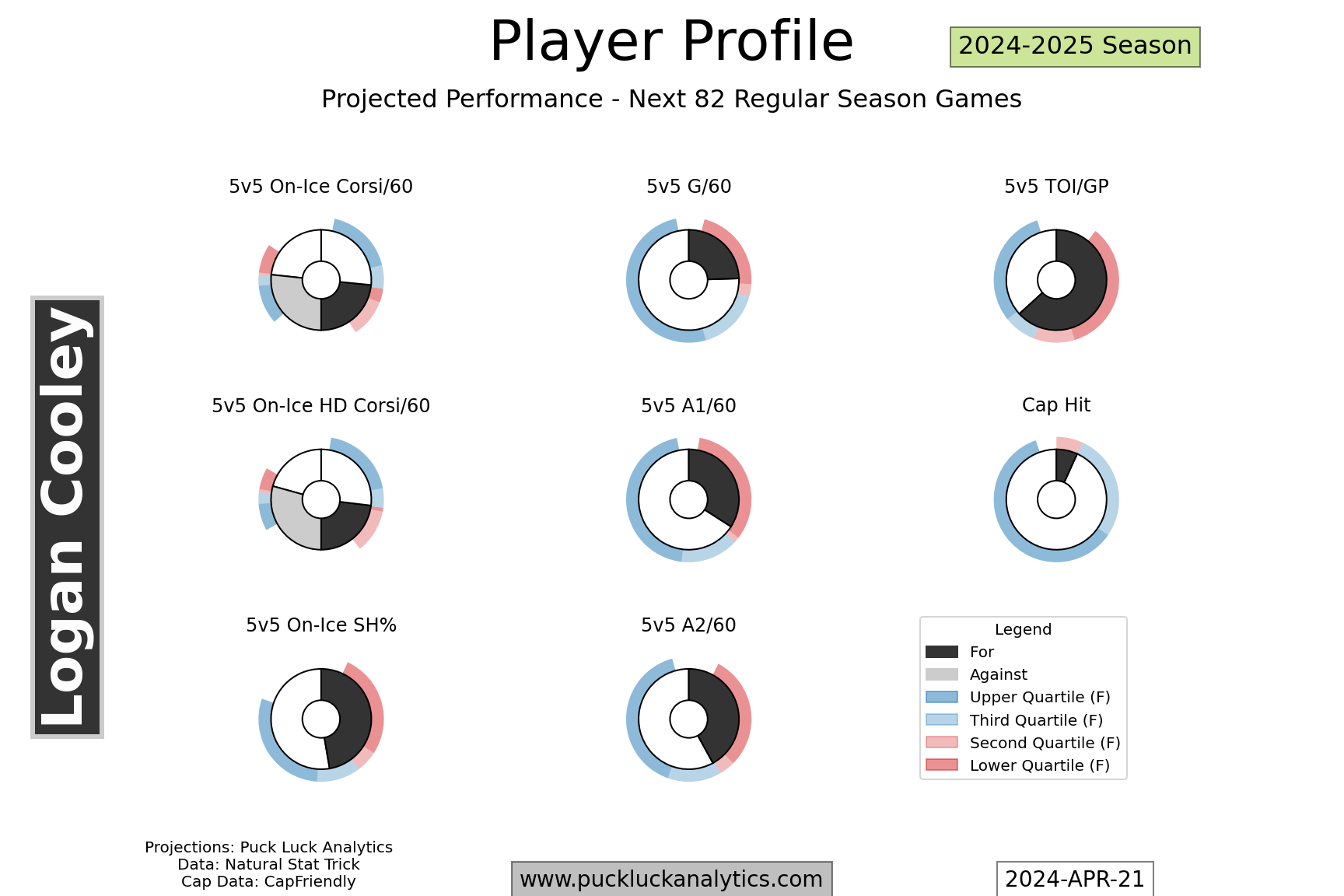
While Utah seems in a position to head toward contention, they would be wise to continue to look at turning over the older part of their roster. There aren’t many players left in their late prime or beyond, but there are a few and leveraging opportunities to convert those assets into pieces that are a better fit with their contention timeline would be beneficial. Nick Schmaltz sticks out as a prime option here. At 28, he’ll certainly be on the downhill side of the age curve by the time Utah is contending.
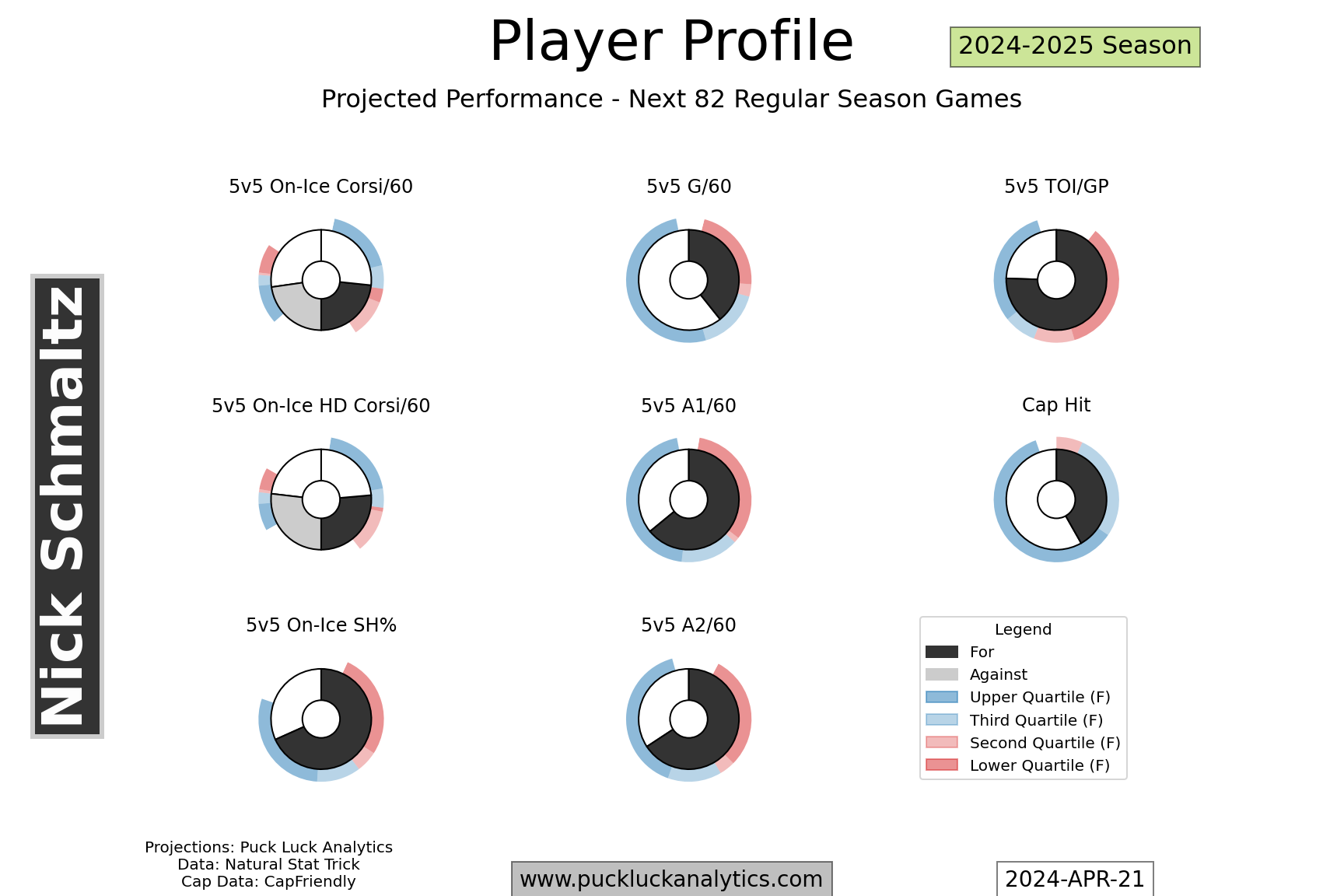
A new owner, new city and an organizational profile that leaves the door open for strategic decision making on the team building front. The possibility that this team resembles the Coyotes of recent seasons a year from now seems remote.



